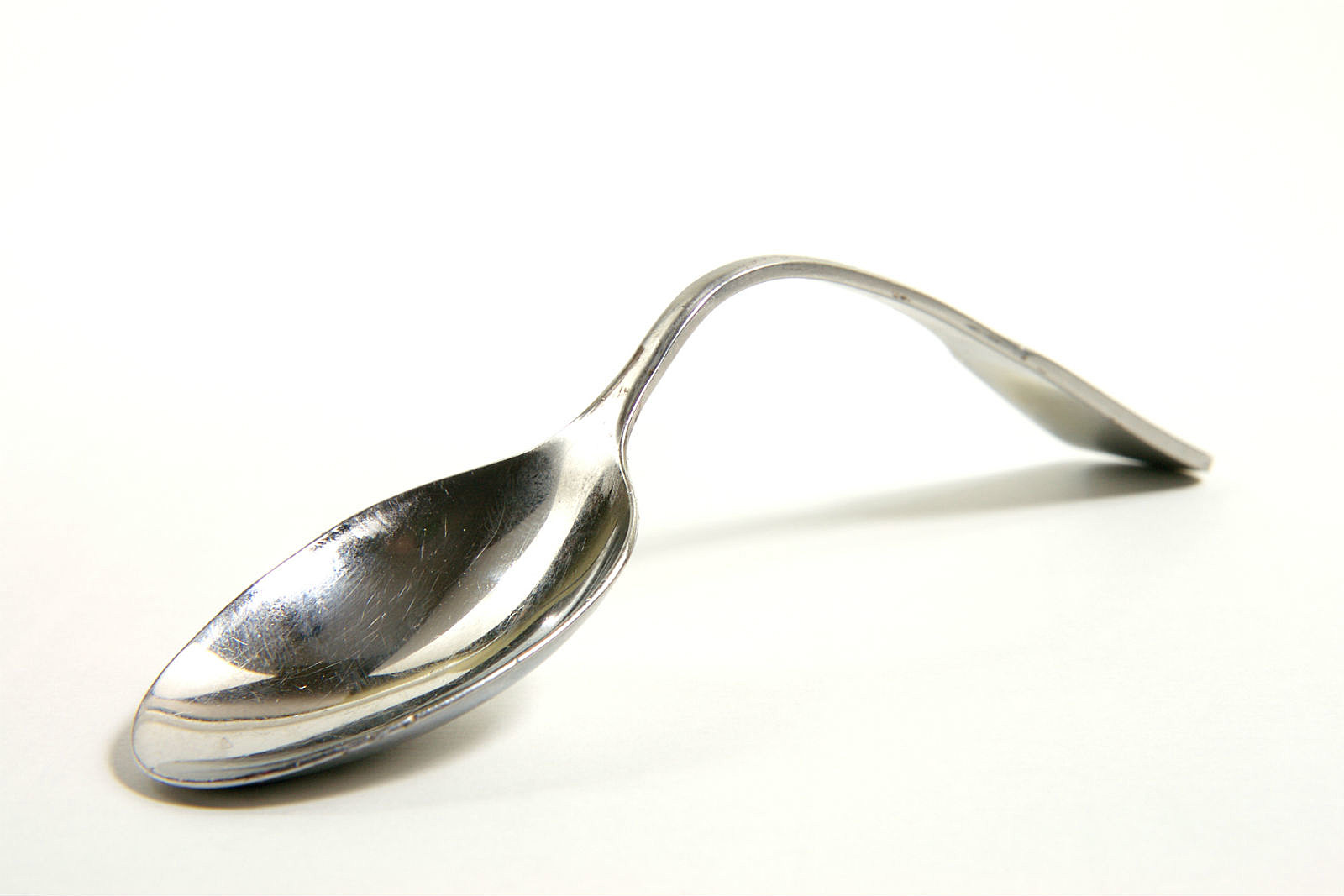

Tableware
How To Heat And Bend Silverware
Modified: May 6, 2024
Discover the art of heating and bending tableware with our comprehensive guide on how to transform silverware into unique and stylish pieces for your table setting.
(Many of the links in this article redirect to a specific reviewed product. Your purchase of these products through affiliate links helps to generate commission for Storables.com, at no extra cost. Learn more)
Introduction
Welcome to the world of tableware customization! Are you tired of using the same old boring silverware? Do you want to add a unique and personal touch to your table settings? Well, you’re in luck! In this article, we will explore the art of heating and bending silverware to create custom shapes and designs that will impress your guests.
Heating and bending silverware is not only a fun and creative way to upgrade your tableware, but it also allows you to express your personality and style. Whether you want to create elegant and decorative spoon handles or unconventional and whimsical fork tines, the possibilities are endless.
Before we dive into the process, let’s take a look at the tools and materials you will need to get started.
Key Takeaways:
- Transform ordinary silverware into unique, eye-catching pieces by mastering the art of heating and bending. Add a personalized touch to your dining experience and impress guests with your creativity.
- With the right tools, preparation, and techniques, you can create custom shapes and designs, from elegant spoon handles to whimsical fork tines. Embrace the process, showcase your artistic flair, and enjoy your customized tableware!
Read more: How To Bend Glass
Tools and Materials Needed
To successfully heat and bend silverware, you will need the following tools and materials:
- Torch or heat source: This can be a butane torch, a propane torch, or even a simple gas stove. Make sure to choose a heat source that is suitable for the size and thickness of the silverware you will be working with.
- Silverware: Gather a collection of silverware such as spoons, forks, or even knives. Look for pieces that are made of pure silver or stainless steel, as these materials are more malleable and easier to work with.
- Safety gloves: It’s important to protect your hands from the heat during the bending process. Invest in a pair of heat-resistant gloves that will provide adequate insulation and grip.
- Safety goggles: Given that you will be working with heat and potentially applying pressure to the silverware, it’s crucial to wear safety goggles to protect your eyes from any flying debris or sparks.
- Pliers: Choose a set of pliers with a comfortable grip and a variety of sizes. These will help you manipulate the silverware and create precise bends.
- Heat-resistant surface or block: You’ll need a surface or block that can withstand high temperatures. This will serve as a resting place for the silverware during the heating and bending process.
Now that you have all the necessary tools and materials, it’s time to prepare the silverware before heating and bending.
Preparing the Silverware
Before you start heating and bending the silverware, it’s important to properly prepare it. This includes cleaning the silverware, removing any non-metal accents or coatings, and straightening it if necessary.
The first step is to clean the silverware to remove any dirt, grime, or tarnish. You can use a mild dish soap and warm water to gently scrub the silverware with a soft cloth or sponge. Rinse it thoroughly and dry it with a clean towel.
Next, inspect the silverware for any non-metal accents or coatings, such as plastic handles or decorative elements. These need to be removed before heating, as they may melt or release toxic fumes. Use pliers or other suitable tools to carefully detach these non-metal parts.
If the silverware is bent or twisted, you may need to straighten it before proceeding. Place the silverware on a flat, heat-resistant surface and gently apply pressure to straighten it using your hands or pliers. Take caution not to apply too much force, as it can damage or break the silverware.
By properly cleaning, removing non-metal accents, and straightening the silverware, you ensure a smooth and safe process when heating and bending it. Now, let’s move on to the exciting part – heating the silverware!
Heating the Silverware
Now that the silverware is prepared, it’s time to heat it for bending. Understanding the silverware’s melting point, applying heat evenly, and monitoring the temperature are essential for successful bending.
Firstly, it’s important to know the melting point of the silverware material you are working with. Pure silver has a melting point of around 1,763 degrees Fahrenheit (961 degrees Celsius), while stainless steel has a higher melting point around 2,550 degrees Fahrenheit (1,399 degrees Celsius). This information will help you gauge the heat intensity required.
When applying heat, concentrate the flame or heat source on the desired bending area. Move the flame back and forth to distribute the heat evenly. Make sure not to concentrate the heat in one spot for too long, as excessive heat can cause the silverware to melt or warp.
As you heat the silverware, continue to monitor its temperature. You can use a thermometer or simply observe the color change; the silverware will start to glow red when it reaches a higher temperature. Be careful not to overheat, as this can weaken the metal or lead to deformation.
Adjust the heat intensity as needed. If the silverware is not heating evenly or taking too long, increase the flame or move it closer to the metal. If it starts to heat too rapidly or the silverware starts to melt, reduce the heat intensity or move the flame away.
Finally, it’s crucial to take certain precautions and follow safety guidelines during the heating process. Always work in a well-ventilated area to avoid inhaling fumes. Wear heat-resistant gloves and safety goggles to protect yourself from heat and sparks. Keep a fire extinguisher nearby in case of emergencies.
Understanding the melting point, applying heat evenly, monitoring the temperature, and following safety precautions will ensure the silverware heats properly for bending. Now, let’s move on to the next step – bending techniques!
When heating and bending silverware, use a propane torch to evenly heat the area you want to bend. Once the metal is red hot, carefully bend it using pliers or a vise. Be sure to wear heat-resistant gloves and work in a well-ventilated area.
Bending Techniques
Now that the silverware is heated and ready, it’s time to explore different bending techniques to create unique shapes and designs. Here are some tips and methods for successful bending:
1. Using pliers for bending: Pliers are a versatile tool that will allow you to grip and manipulate the silverware with precision. Choose a pair of pliers with a comfortable grip and experiment with different sizes to find the best fit for your needs.
2. Different bending methods for different shapes: The technique for bending a spoon may differ from that of a fork. For a spoon, you can use the handle as leverage and apply pressure to create curves or twists. With a fork, you may want to focus on bending the tines individually to achieve a unique design.
3. Creating smooth and precise bends: To achieve smooth and precise bends, take your time and apply even pressure. Start by gently bending the silverware and gradually increase the pressure until you reach the desired shape. Avoid overexerting pressure, as it can cause the silverware to break or deform.
4. Experimenting with different bending styles: Don’t be afraid to get creative and experiment with different bending styles. Try bending the silverware into loops, spirals, or even intricate patterns. Let your imagination guide you and explore various possibilities to add a personal touch to your tableware.
Remember, practice makes perfect. It may take a few attempts to achieve the desired bends, but don’t get discouraged. Each piece of silverware offers a unique opportunity for artistic expression, so have fun and embrace the process!
Now that you’ve mastered the art of bending, let’s move on to the next step – cooling and refinishing.
Read more: How To Measure Conduit Bending
Cooling and Refinishing
After the silverware has been bent to your desired shape, it’s time to properly cool and refinish the pieces. This step will ensure that the bends retain their shape and that the silverware looks polished and refined. Here’s how to do it:
1. Properly cooling the heated silverware: As soon as you’re finished with the bending process, carefully set the heated silverware on a heat-resistant surface or block. Allow it to cool naturally at room temperature. Avoid placing the hot silverware in cold water or exposing it to sudden temperature changes, as this can cause the metal to warp or crack.
2. Ensuring the bend retains its shape during cooling: While the silverware cools, pay attention to the bends and make sure they maintain their shape. If necessary, you can gently hold or support the bend until the metal sets and cools completely. This will help preserve the desired shape and prevent any unintended movement or deformation.
3. Polishing and refinishing the silverware: Once the silverware is fully cooled, it’s time to give it a polished and refined look. Use a silver polish or a metal cleaner designed for stainless steel to remove any signs of heating, discoloration, or tarnish. Apply the polish according to the product instructions and use a soft cloth or sponge to gently buff the surface. This will restore the silverware’s shine and ensure it looks as good as new.
4. Removing any signs of heating or discoloration: If there are any lingering signs of heating or discoloration on the silverware, you can try using a metal conditioner or a fine abrasive pad to gently remove them. Be cautious not to scrub too harshly, as it can damage the surface of the silverware. Take your time and work methodically to achieve the desired results.
By properly cooling the silverware, ensuring the bends retain their shape, polishing and refinishing the pieces, and removing any signs of heating or discoloration, you will have transformed ordinary silverware into unique and eye-catching pieces for your table settings.
With these steps complete, you are now ready to showcase your handcrafted silverware and impress your guests with your artistic flair. Happy bending!
If you have any questions or need further guidance, feel free to reach out. Enjoy your customized tableware!
Conclusion
Congratulations! You have now learned the art of heating and bending silverware to create custom and unique tableware. By following the steps outlined in this article, you can add a personalized touch to your dining experience and showcase your creativity to your guests.
Throughout the process, we discussed the tools and materials needed, including a torch or heat source, silverware, safety gloves, safety goggles, pliers, and a heat-resistant surface. Properly preparing the silverware by cleaning it, removing non-metal accents, and straightening it if necessary, is crucial for a successful bending process.
Heating the silverware requires an understanding of its melting point, applying heat evenly, adjusting the heat intensity, and monitoring the temperature. Safety precautions and guidelines should always be followed to ensure a safe working environment.
When it comes to bending techniques, using pliers for manipulation and applying different bending methods for different shapes, like spoons and forks, will help you create smooth and precise bends. Don’t be afraid to experiment with various bending styles to add your personal touch to the silverware.
After bending, properly cooling the silverware and ensuring the bends retain their shape during the cooling process is important. Finishing touches, such as polishing and refinishing the silverware, will remove any signs of heating or discoloration and enhance its overall appearance.
By mastering these techniques and following the steps outlined in this article, you can transform plain silverware into exquisite and customized pieces that reflect your style and personality.
Remember, practice and patience are key. Don’t be discouraged if your first attempts aren’t perfect – embrace the learning process and keep refining your skills. With time, you’ll become more confident in your abilities and create stunning pieces of custom tableware.
Now it’s time to let your creativity shine and enjoy the joy of using your one-of-a-kind silverware. So go ahead, make your meals extra special, and impress your guests with your artistic and unique table settings!
If you have any further questions or need additional guidance, don’t hesitate to reach out. Happy bending!
Excited about transforming ordinary items into decorative masterpieces? After mastering how to heat and bend silverware, why not extend your crafty skills with some festive creations? Our latest guide offers Easter craft ideas that are not only elegant but easy to make. Whether you're looking to add a personal touch to your holiday decor or searching for fun projects to do with family, these DIY crafts are perfect for sparking creativity and making memories.
Frequently Asked Questions about How To Heat And Bend Silverware
Was this page helpful?
At Storables.com, we guarantee accurate and reliable information. Our content, validated by Expert Board Contributors, is crafted following stringent Editorial Policies. We're committed to providing you with well-researched, expert-backed insights for all your informational needs.
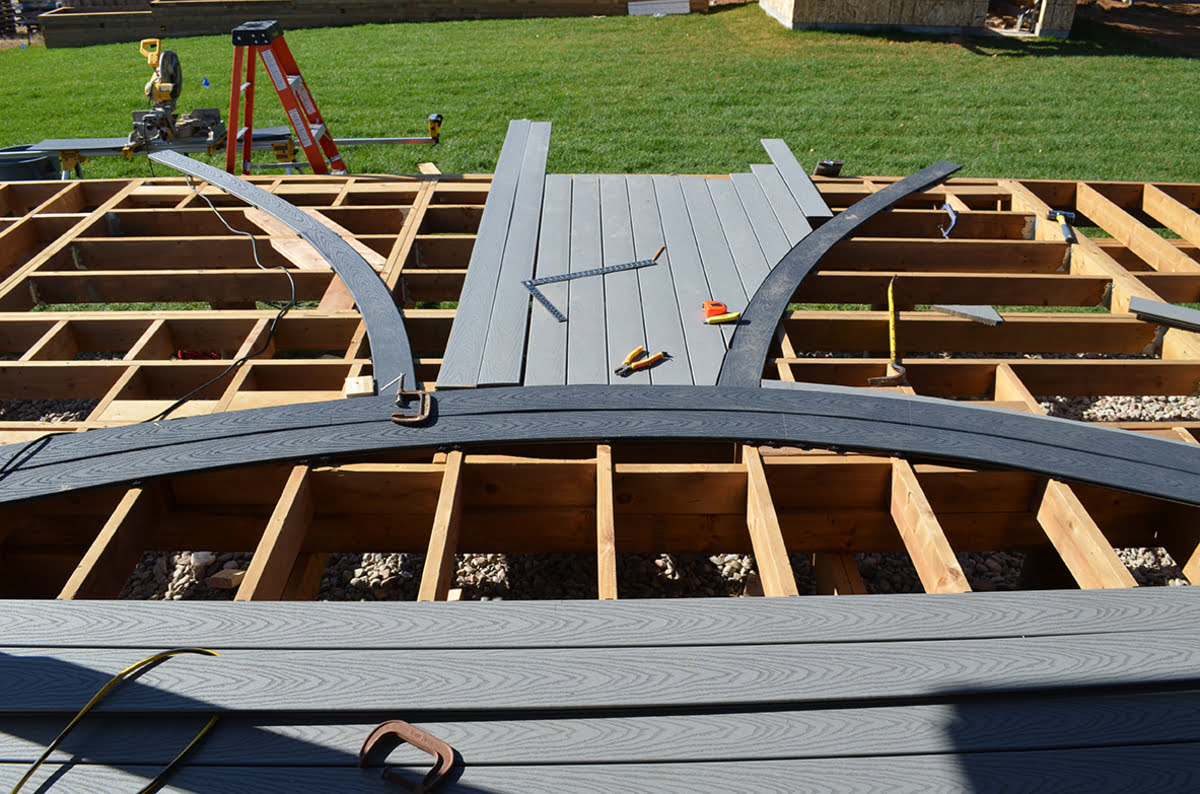
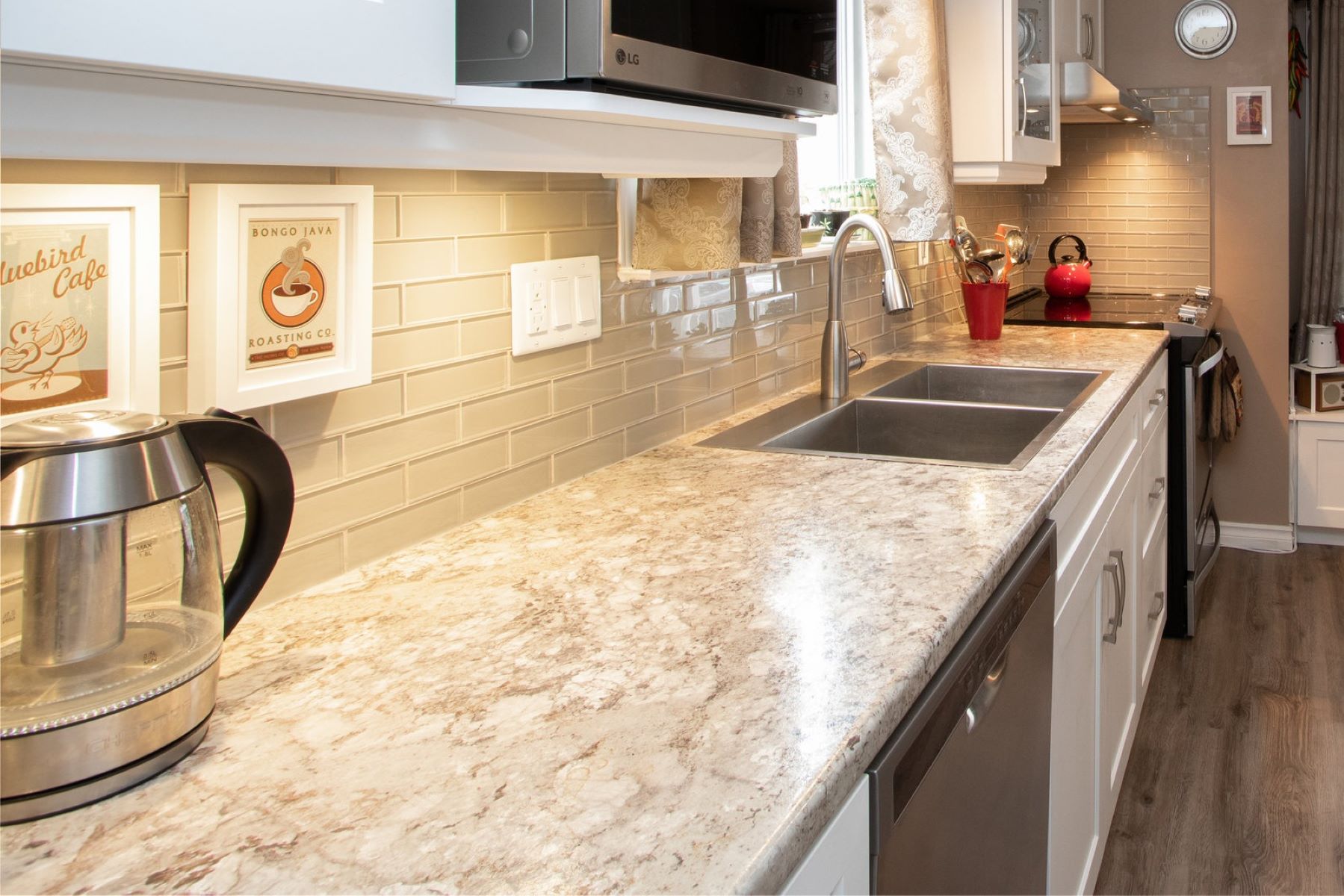
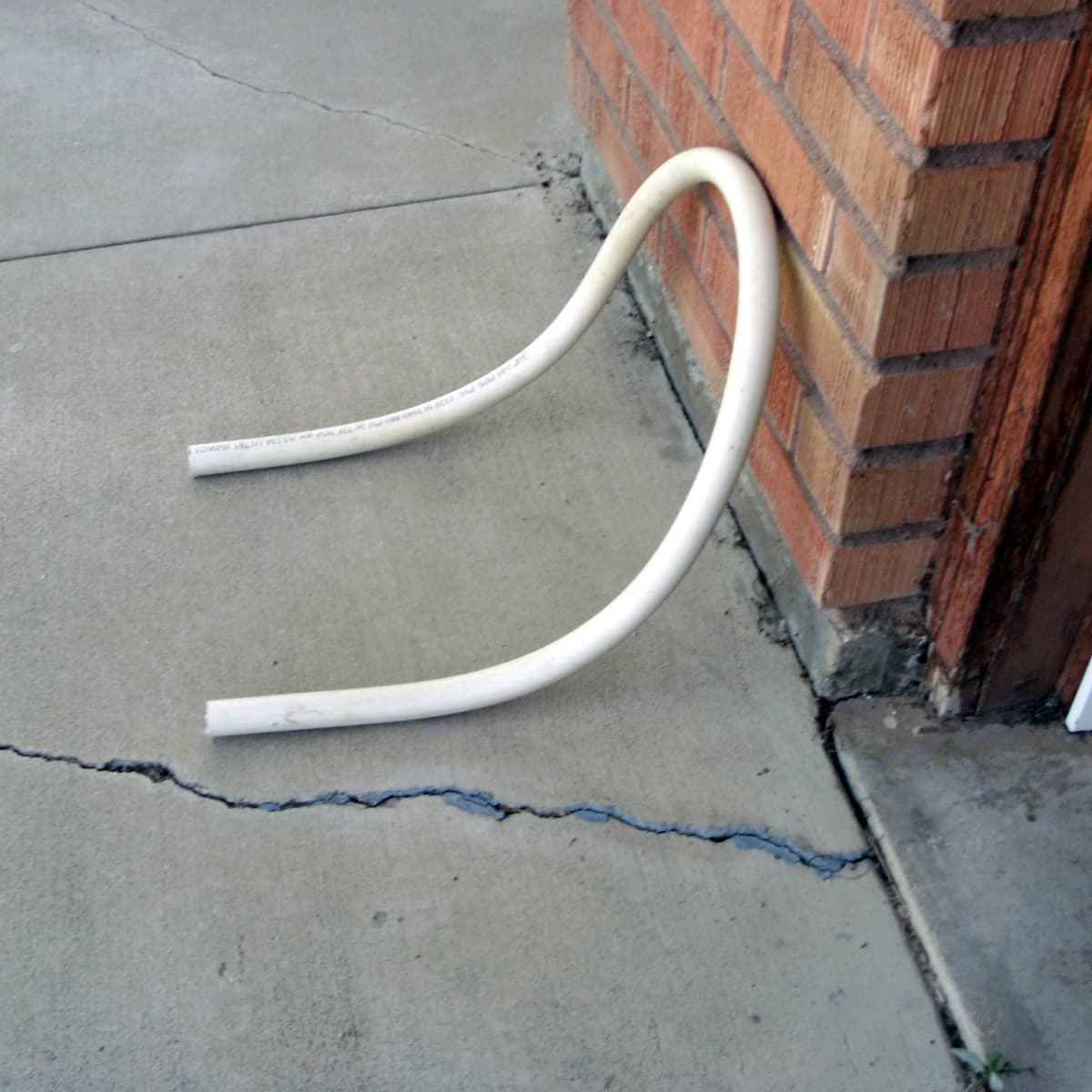
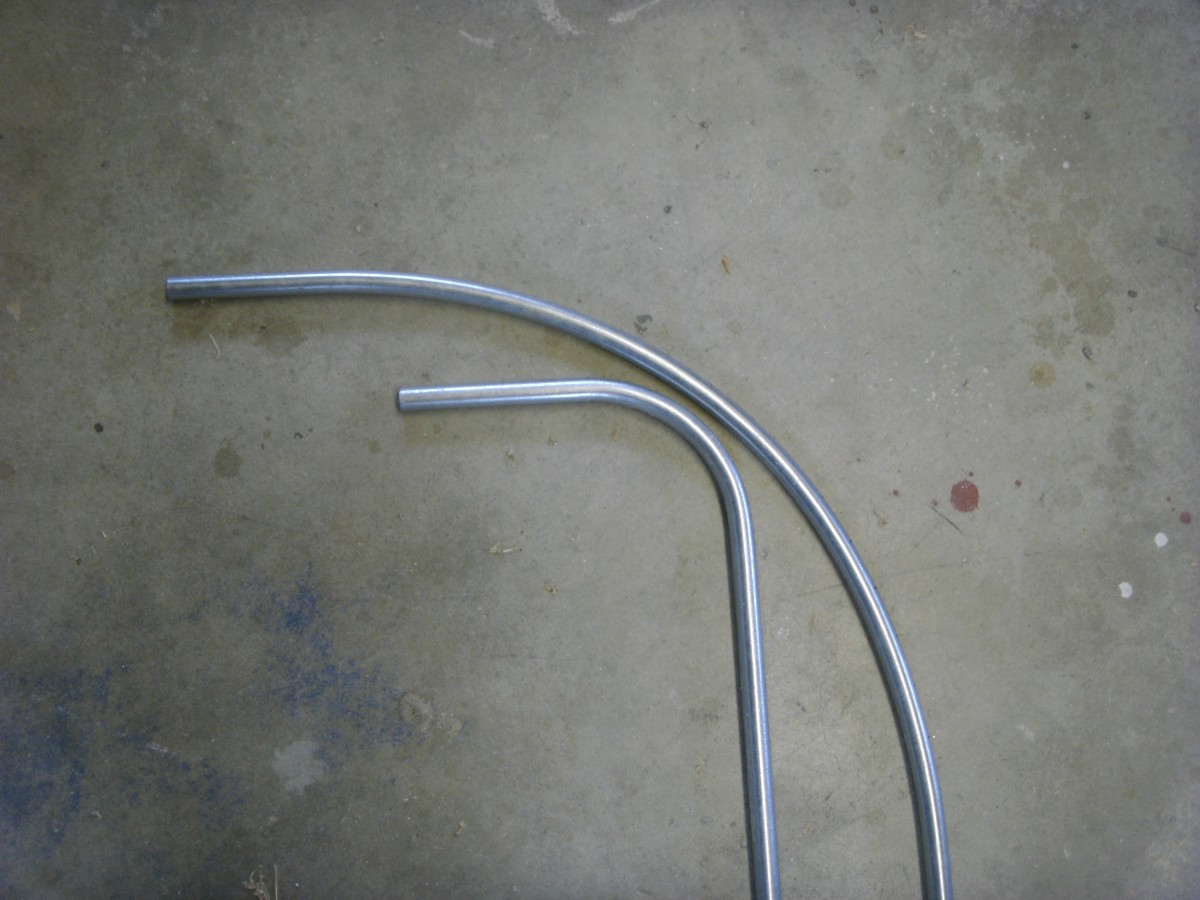
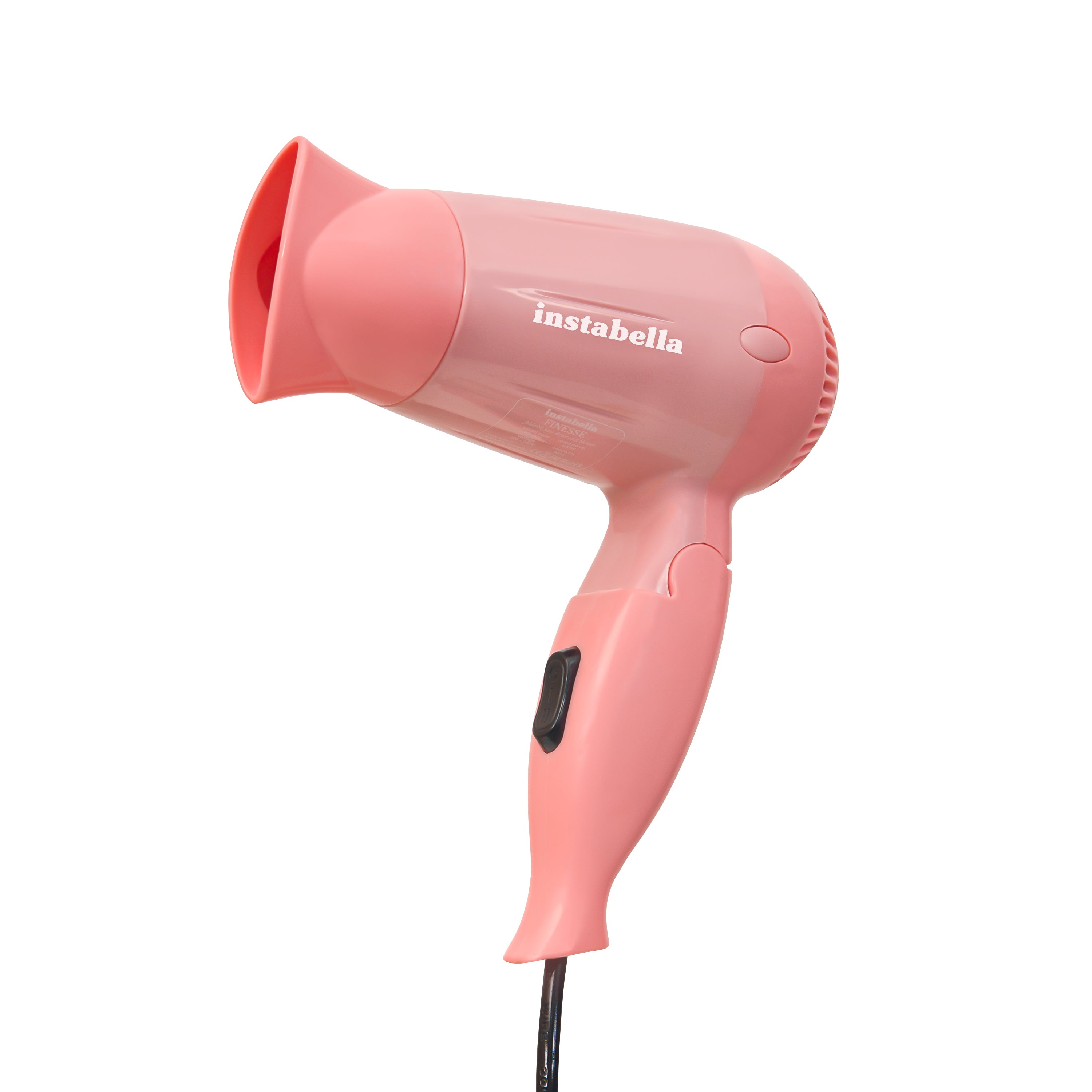
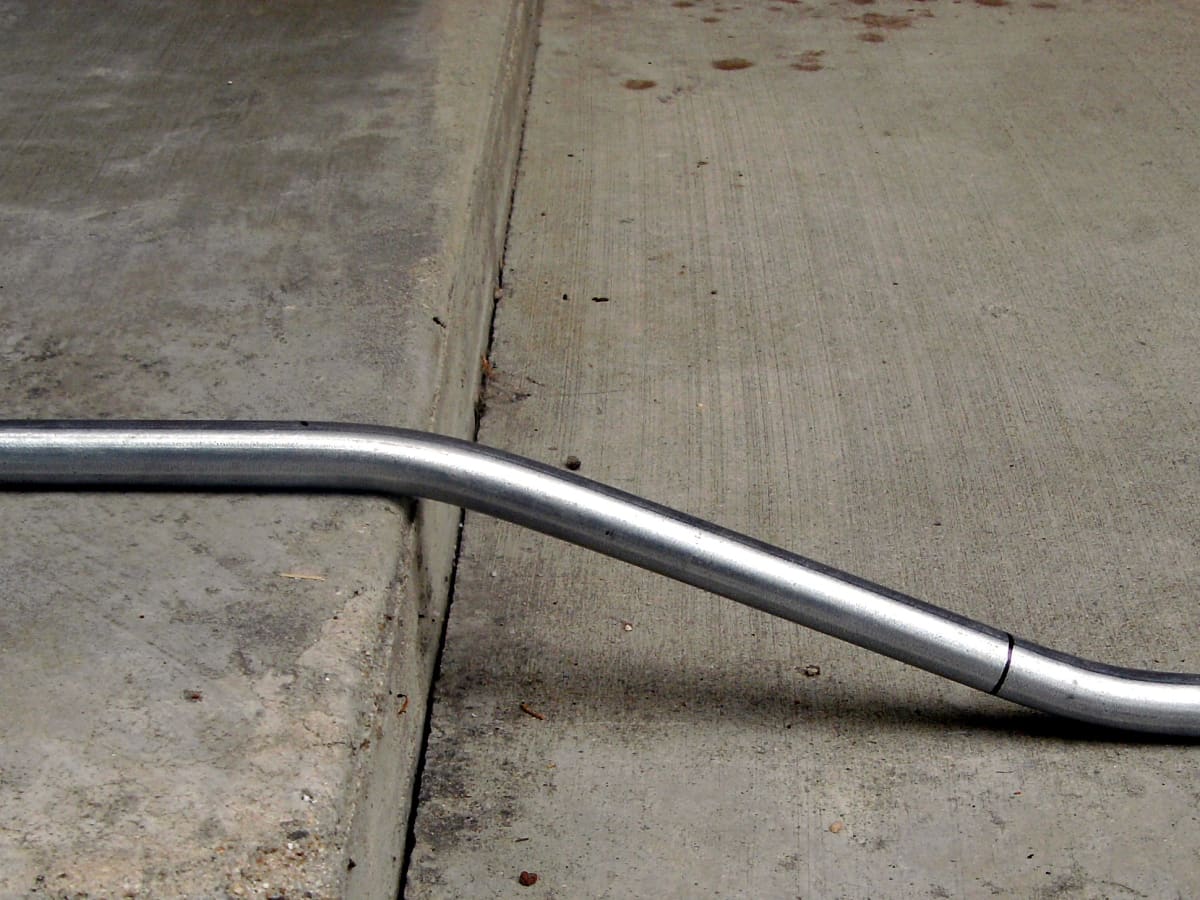
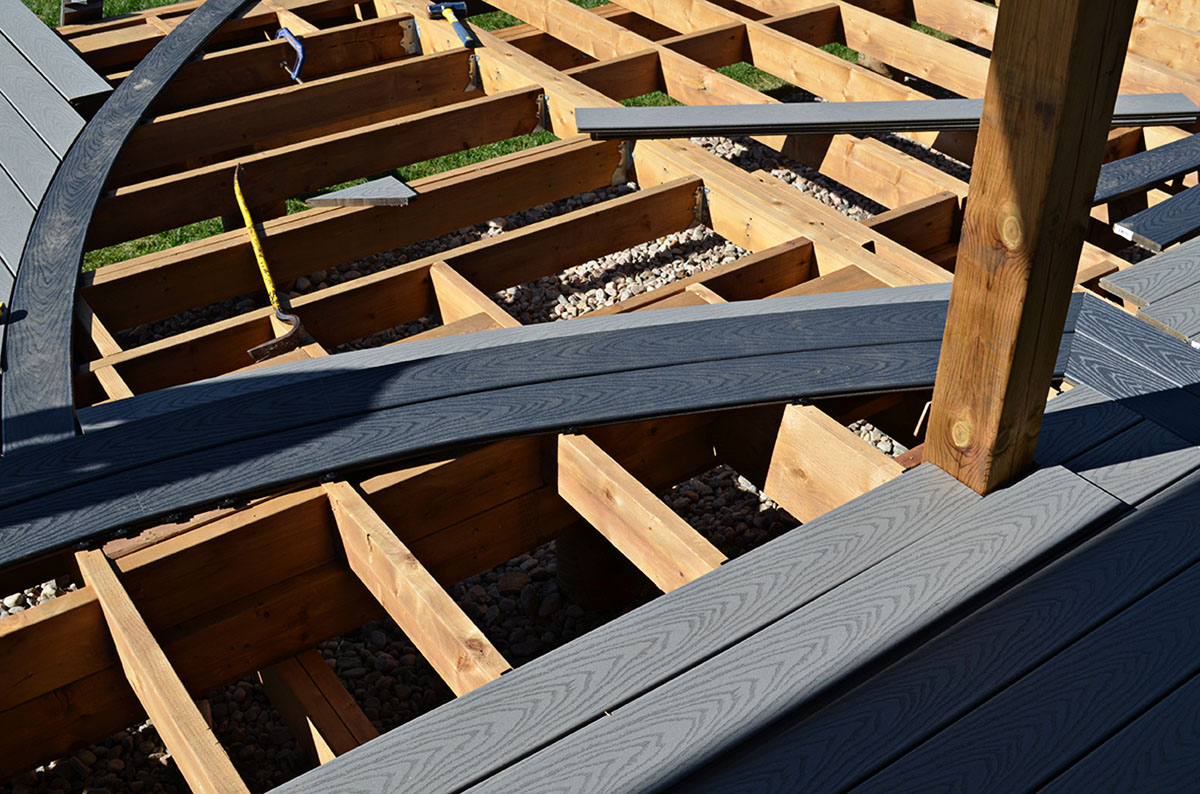
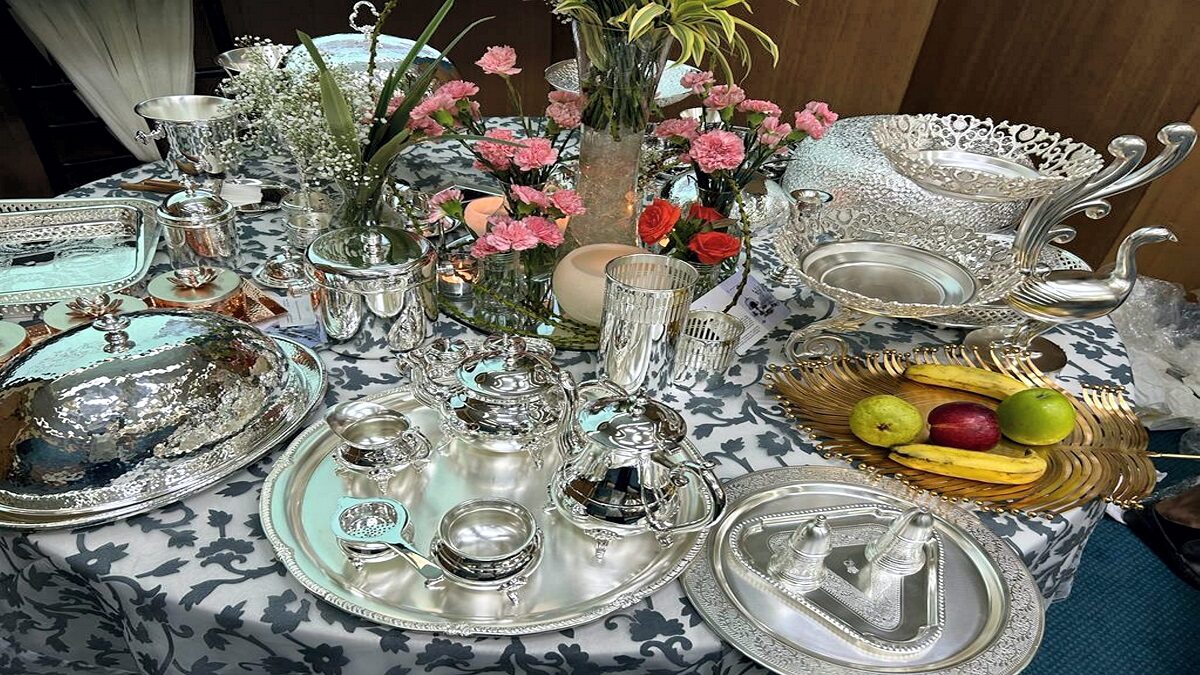
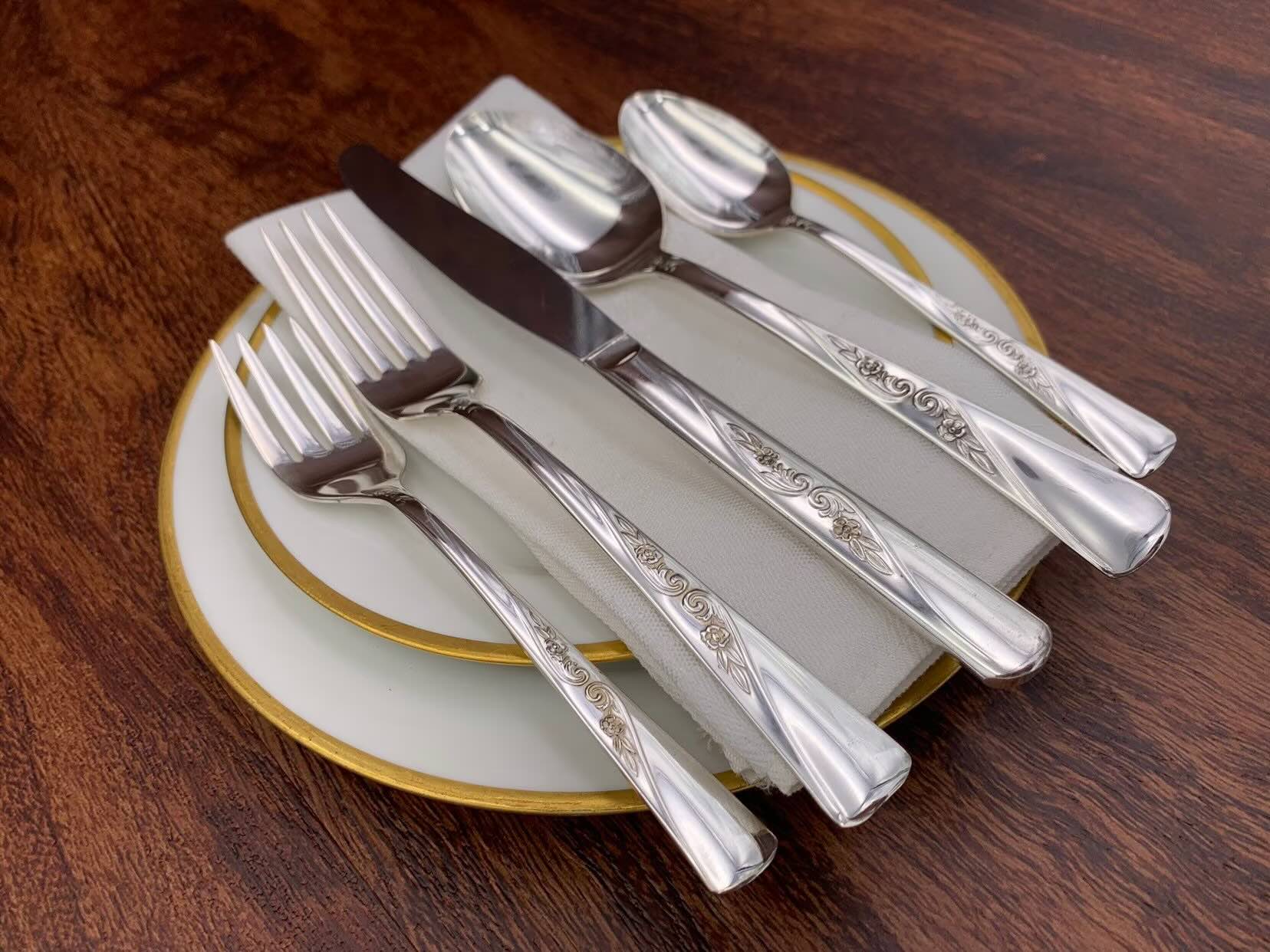
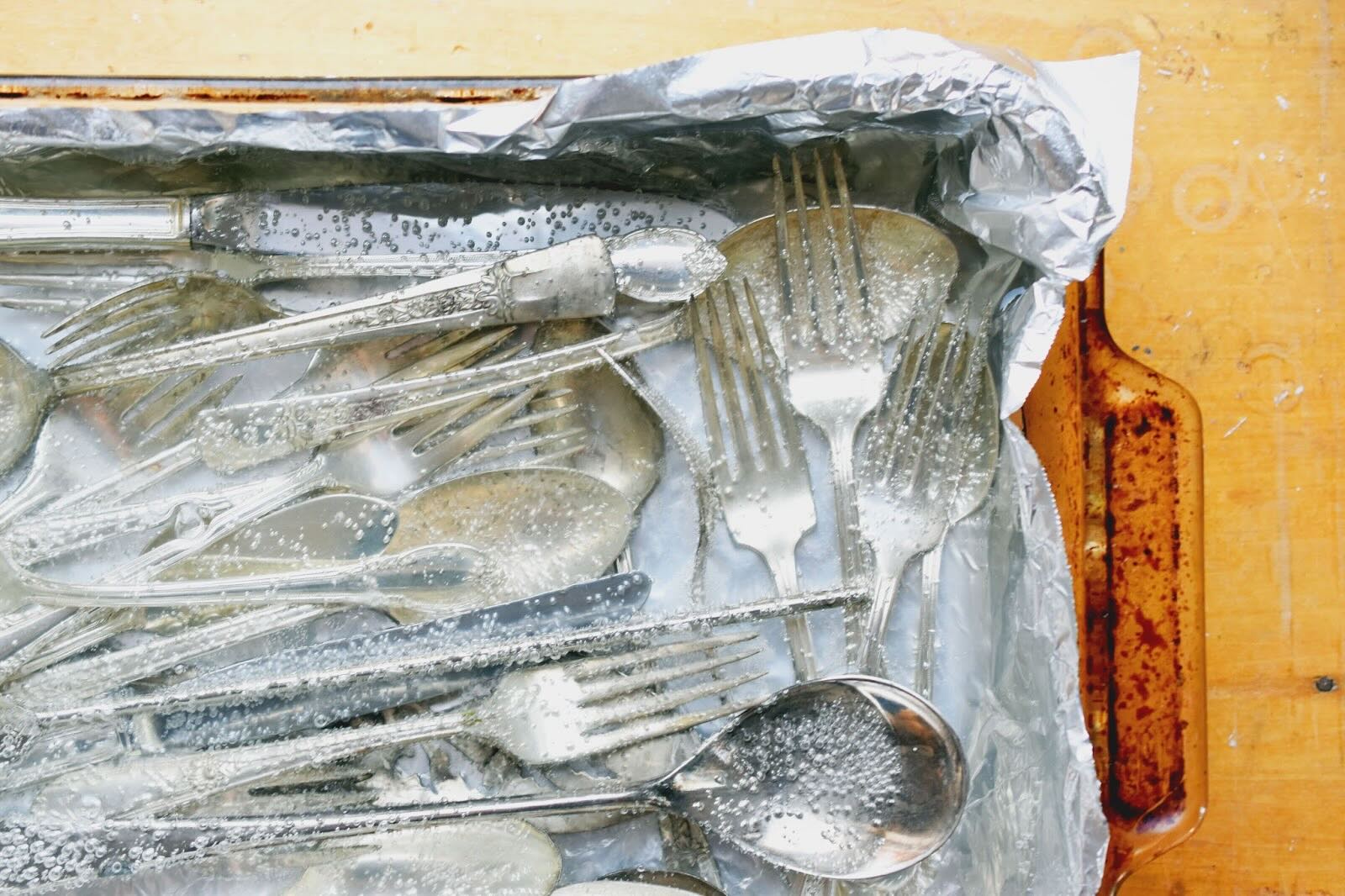
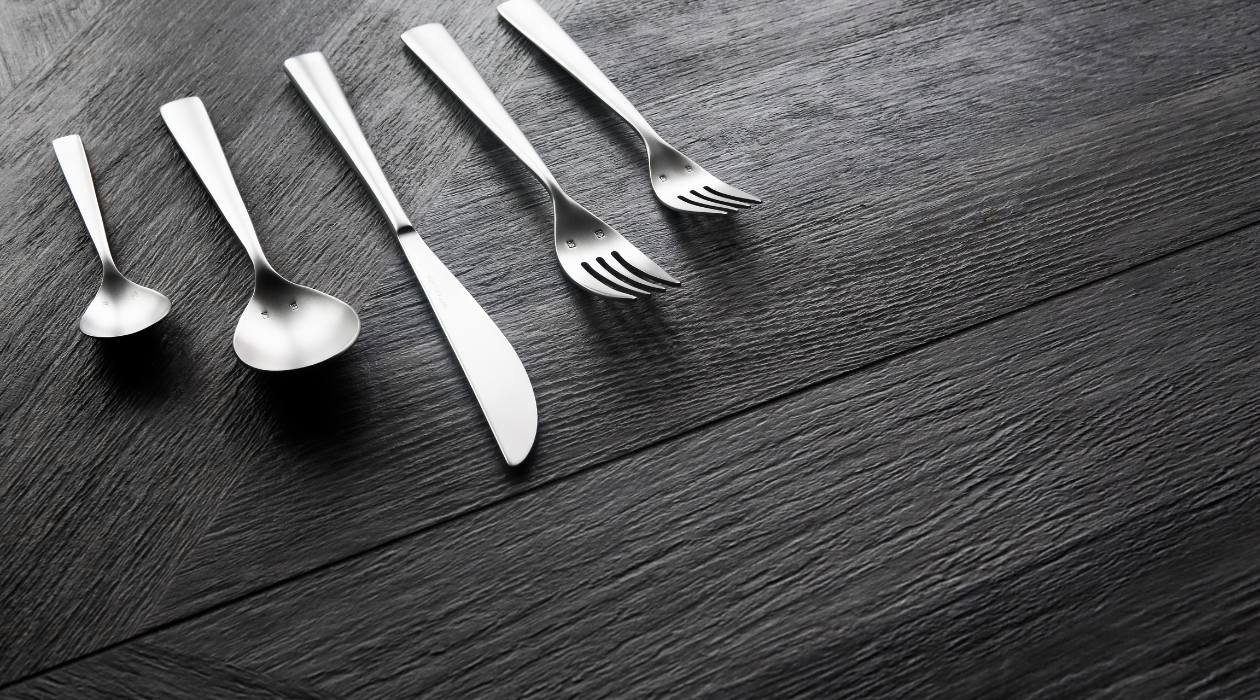
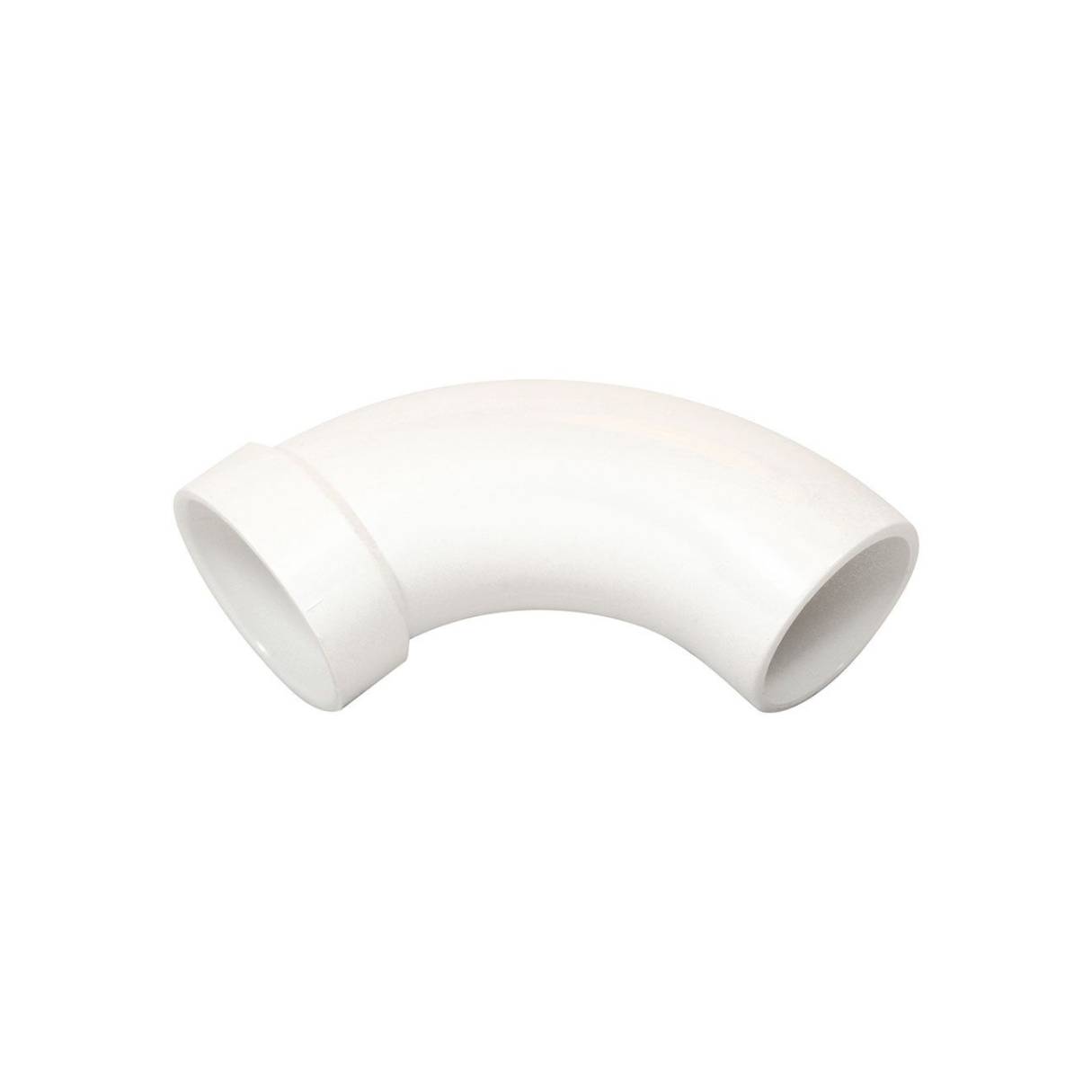
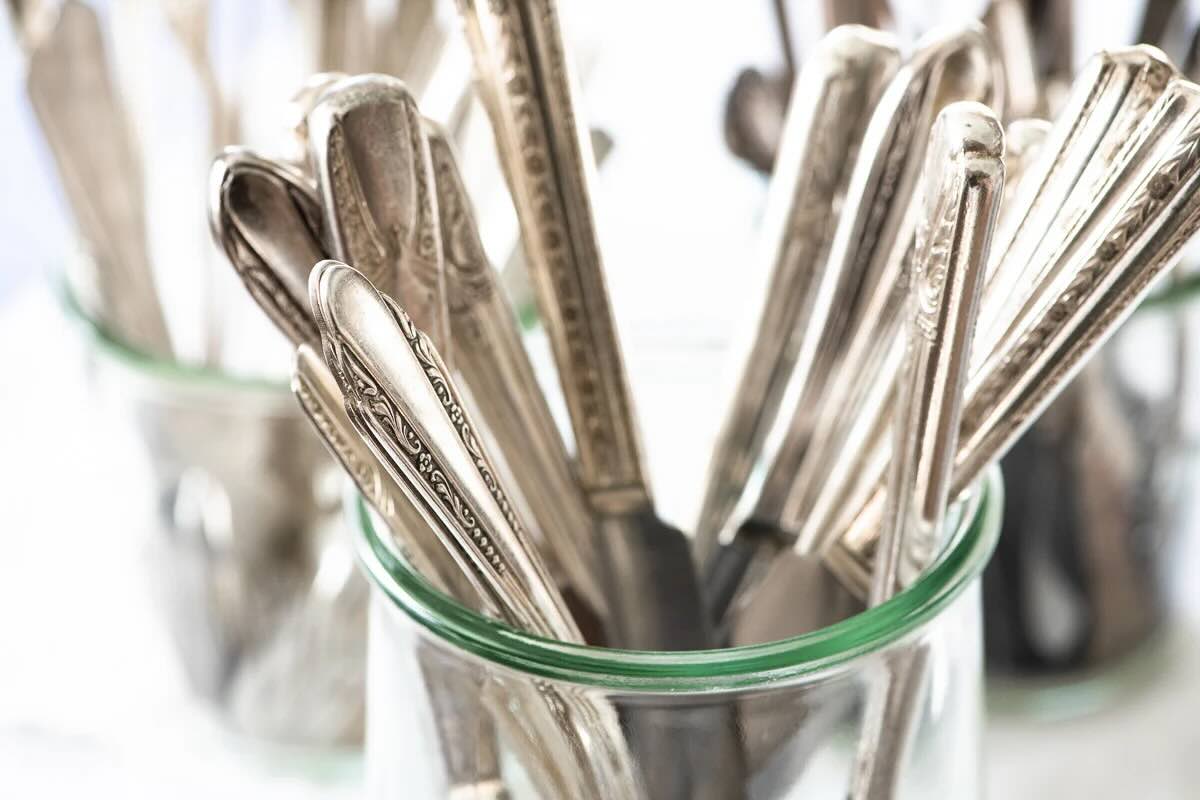
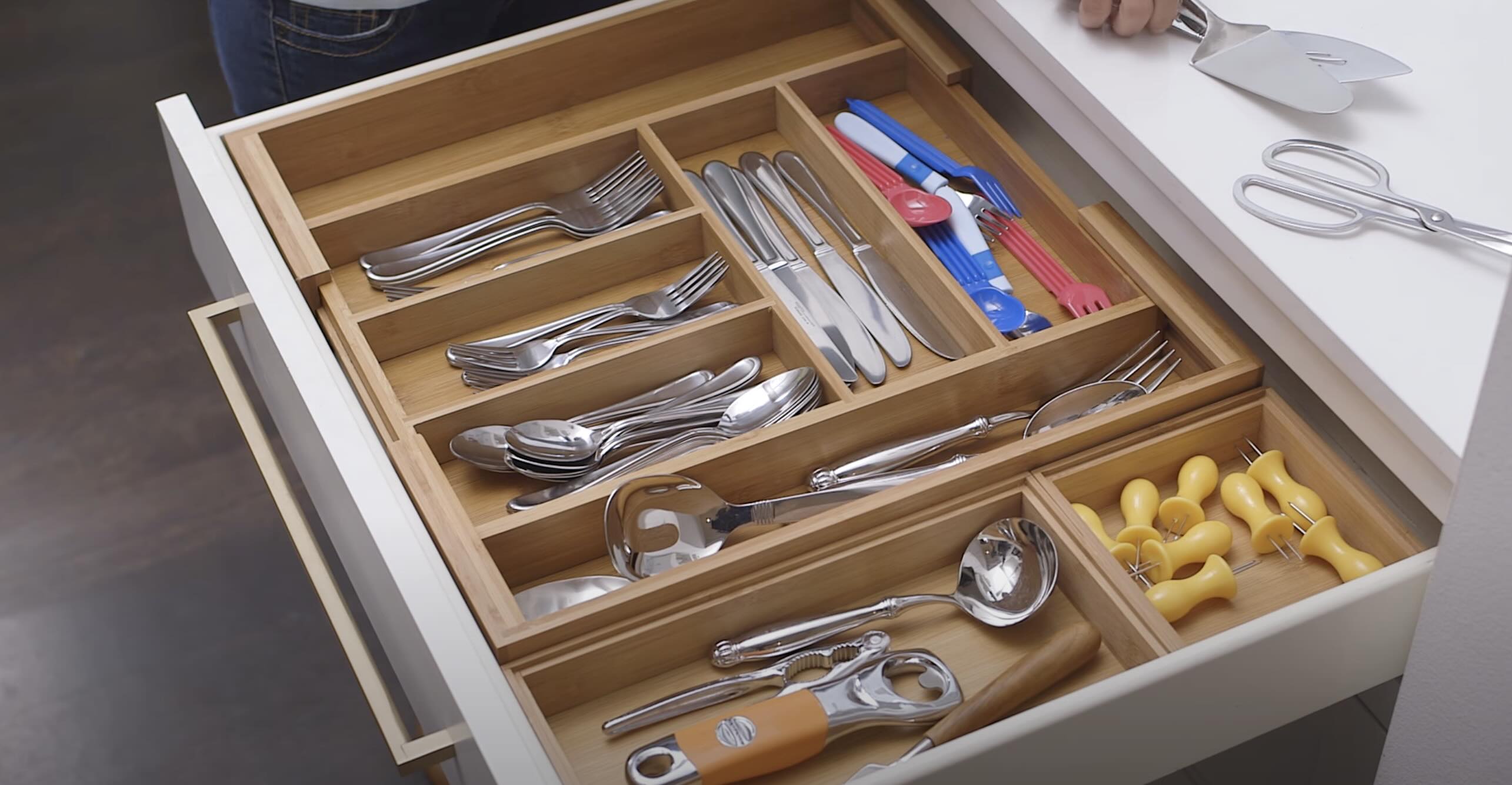

0 thoughts on “How To Heat And Bend Silverware”